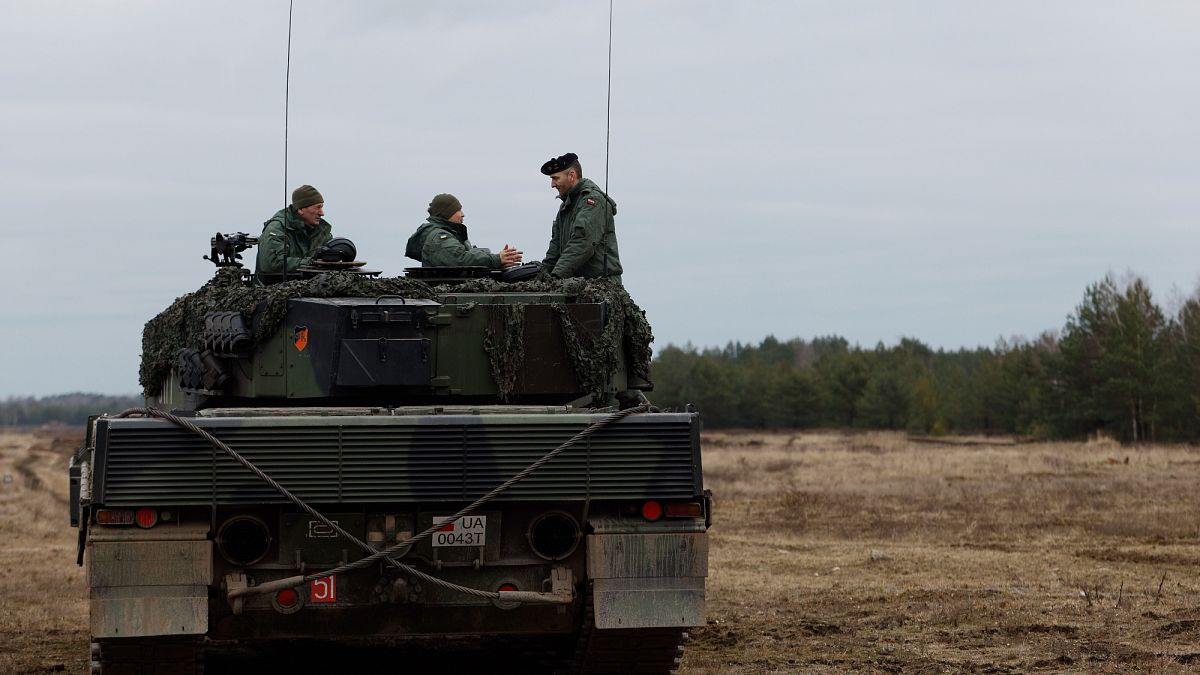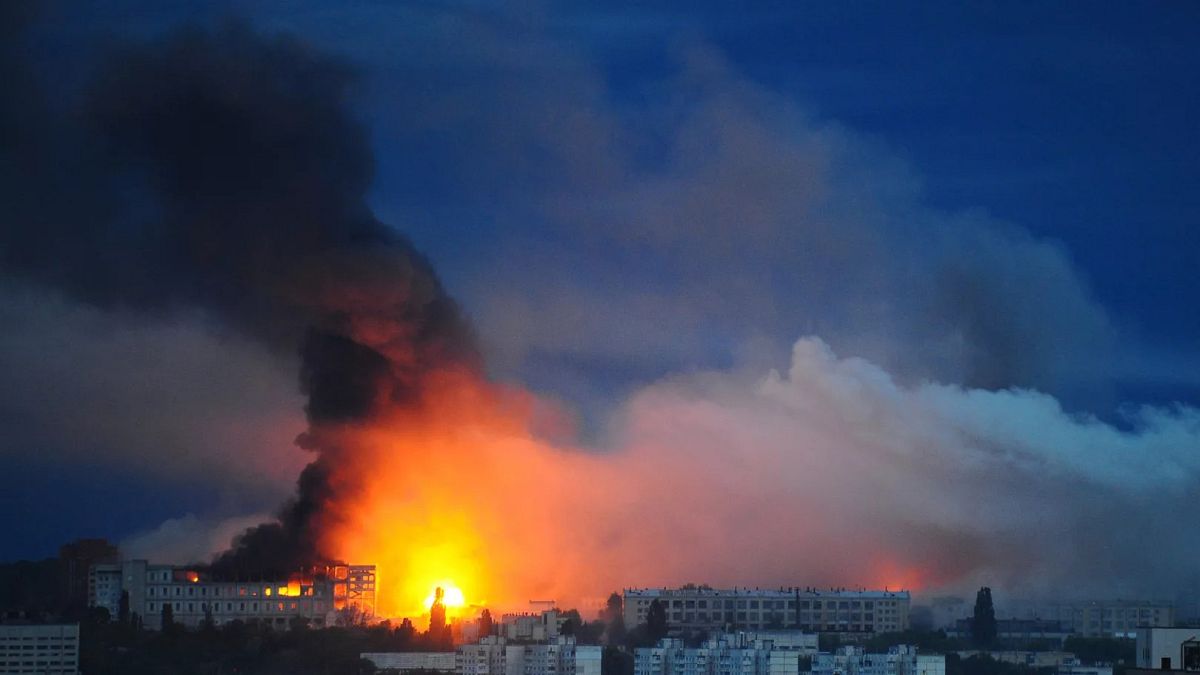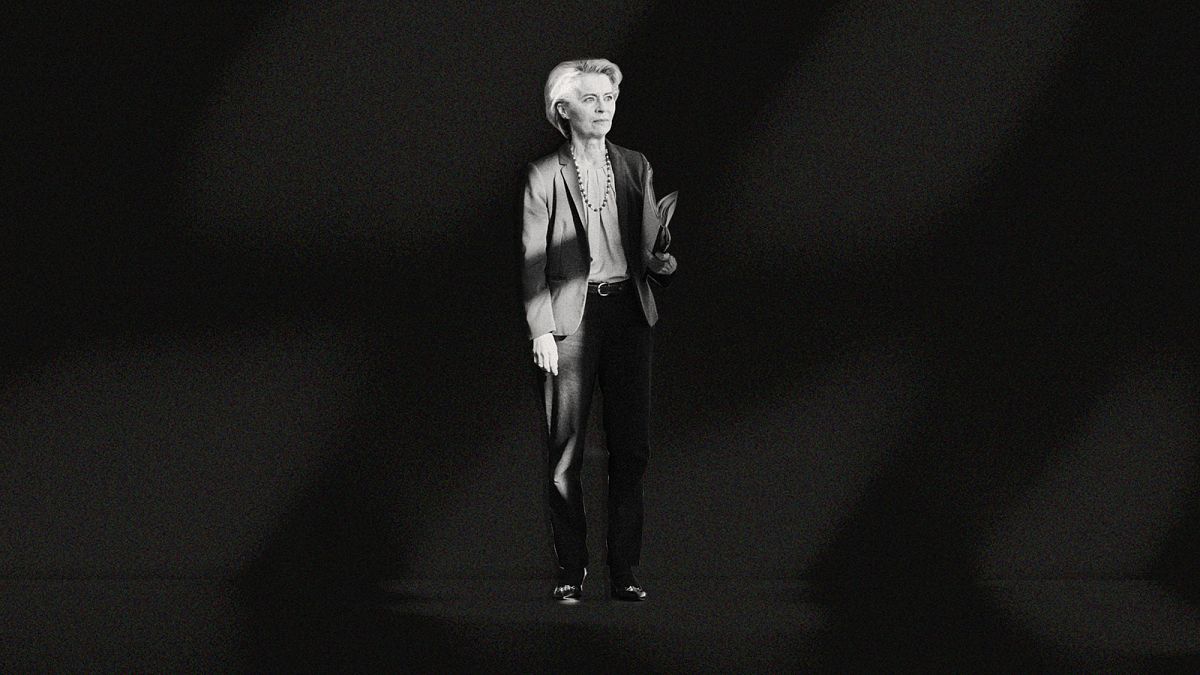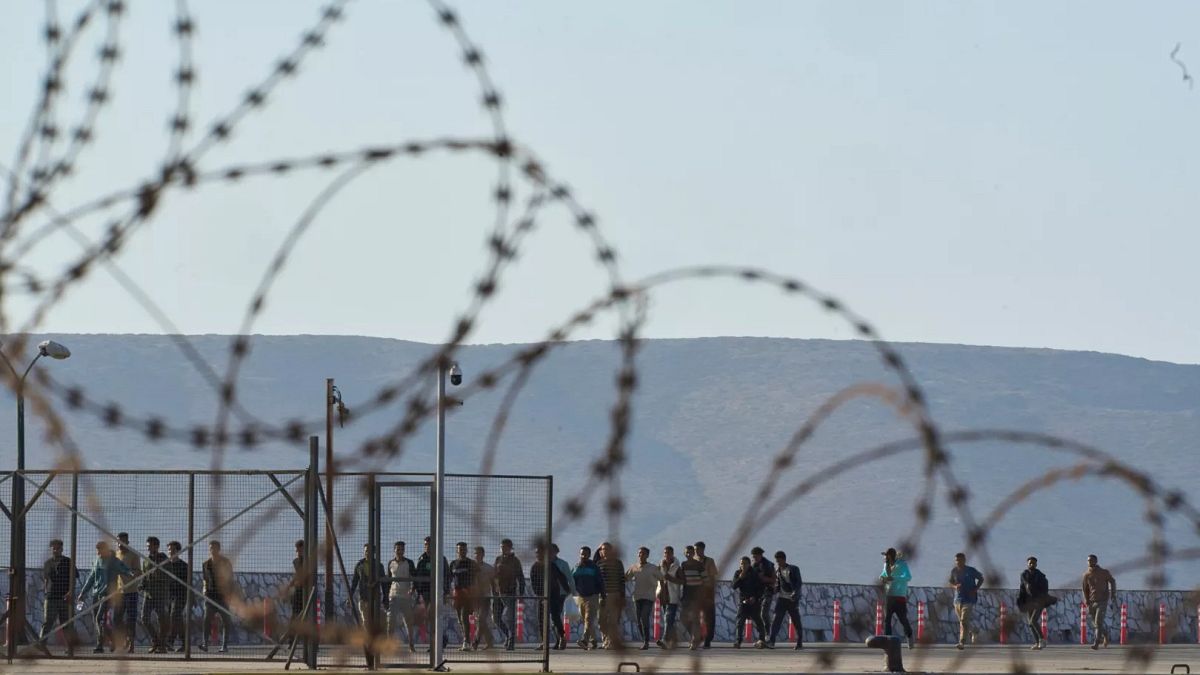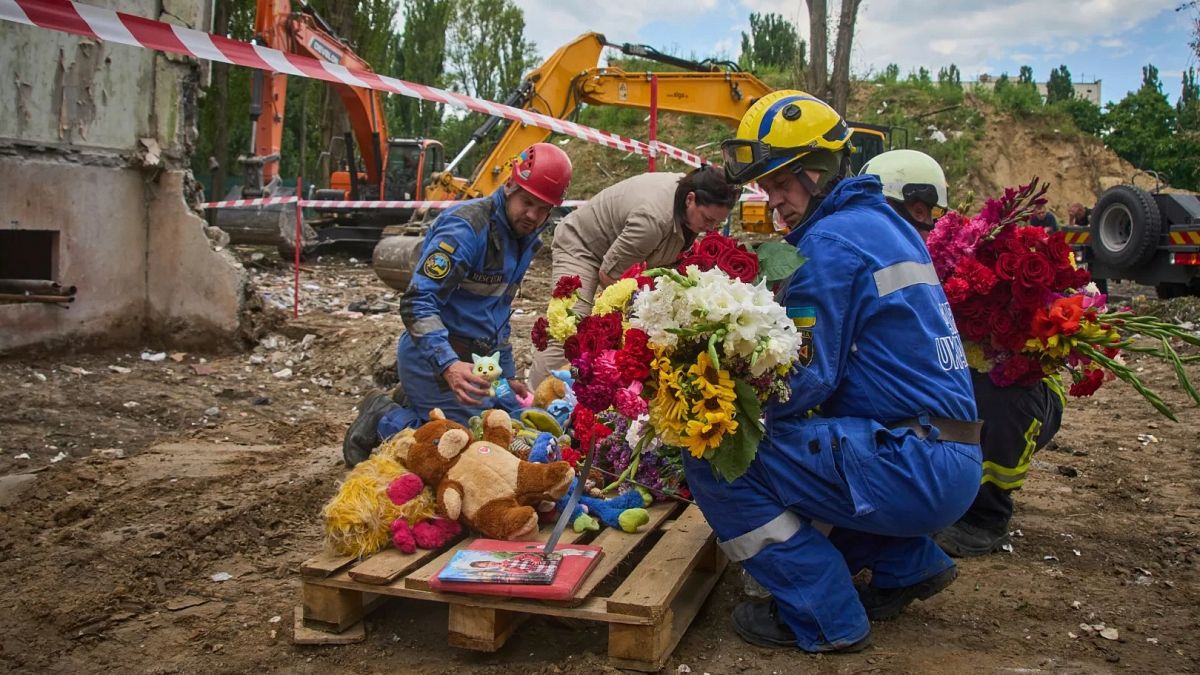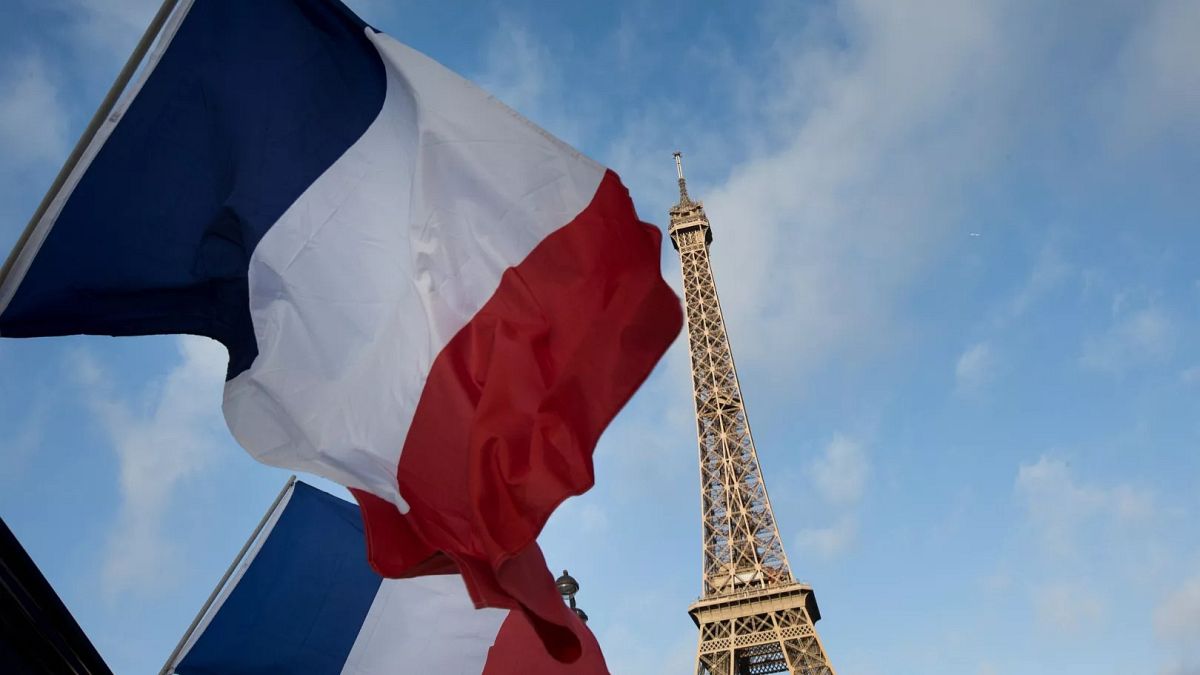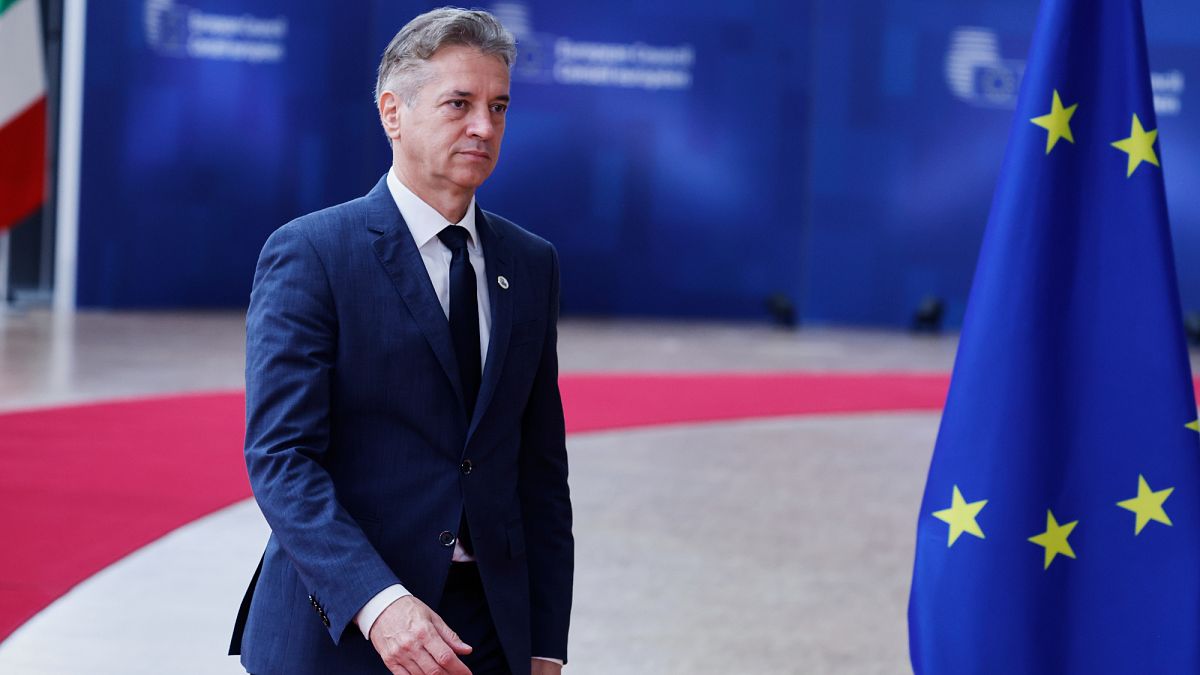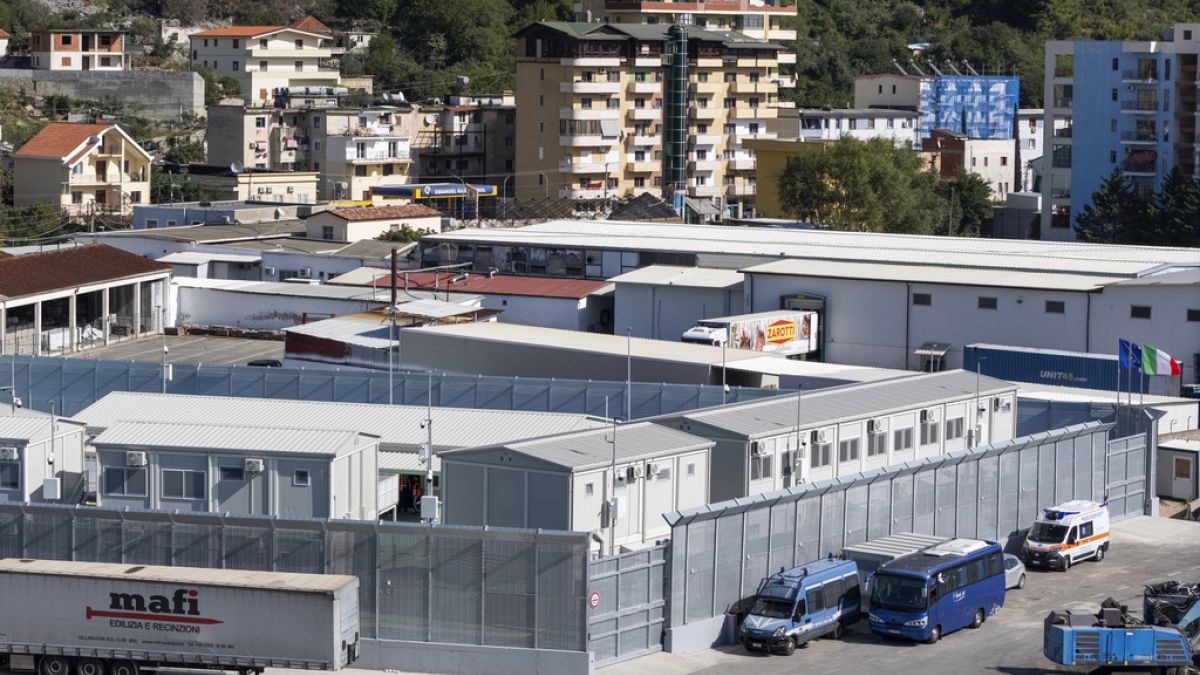Published on
The EU steel sector was on high alert on Wednesday following the implementation of 50% US tariffs on steel and aluminium, a move that might divert global steel imports formerly heading to the US towards the EU.
“With the doubling of US blanket tariffs on steel to 50% without exceptions, we expect massive deflection of the 27 million tonnes of steel previously destined for the US towards the European market,” director general of the European Steel Association (EUROFER) Axel Eggert warned in a statement.
“We are being flooded by cheap foreign steel,” he added, “without swift action, we will not just be underwater — we will drown.”
Kerstin Maria Rippel, the chief executive of the German Steel Federation said the 50% tariffs marked “a new level of escalation” in the EU-US trade conflict.
“A 50-percent tariff on steel exports is a massive burden on our industry, as it will increase pressure on an economy already in crisis and will impact our steel sector in multiple ways,” Rippel said.
On Monday, US President Donald Trump signed an executive order, which the White House shared on X, claiming that the rise of tariffs on steel and aluminium would “provide greater support” to US industries, and would “eliminate the national security threat” posed by imported steel and aluminium. Last March, Trump had re-established tariffs on steel and aluminium, which were initially imposed in 2018 and 2020 under his first mandate.
The steel sector has already been struggling with Chinese overcapacities flooding the EU market, but since the US imposed tariffs across the globe the bloc is facing overcapacities from multiple countries. Import penetration in the EU is up to 30% in 2025 in a context of depressed demand, Eggert claimed.
In Brussels, the pressure has intensified following Trump’s increased tariffs at a time when the EU seeks to negotiate a resolution to its trade dispute with the US. “The 50% tariffs have clearly not helped the negotiations at all,” said one EU diplomat.
On Wednesday, EU Trade Commissioner Maroš Šefčovič acknowledged in an X post that the two sides “are advancing in the right direction at pace”, and are “staying in close contact to maintain the momentum”, following his meeting with his US counterpart, Jamieson Greer in Paris on the sidelines of an OECD trade ministerial.
But quizzed by journalists later in the day, Šefčovič said he “strongly” regretted Trump’s latest 50% tariffs on steel and aluminium, adding: “It doesn’t help, especially as we are making progress.”
A group of EU high-level experts, including Tomás Baert, trade advisor to European Commission President Ursula von der Leyen, has been in Washington since Monday to negotiate the technical details that could help the EU and the US break the deadlock.
Besides the 50% tariffs on steel and aluminium, the EU is also facing a 25% tariff on cars and a 10% levy on all other imports. The US also has launched several investigations into pharma, semiconductors and aircrafts that could lead to further tariffs. Trump has further threatened to impose a 50% tariff on all EU goods as of 9 July if the negotiations fail to meet his expectations.
The US and the EU exchanged proposals two weeks ago, but both sides have dismissed the other’s offers. The EU offered a deal of zero-for-zero tariffs on all industrial goods and purchase of strategic products such as US energy, tech and agri-products, whereas the US expected the EU to review some of its regulations.




